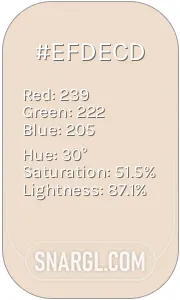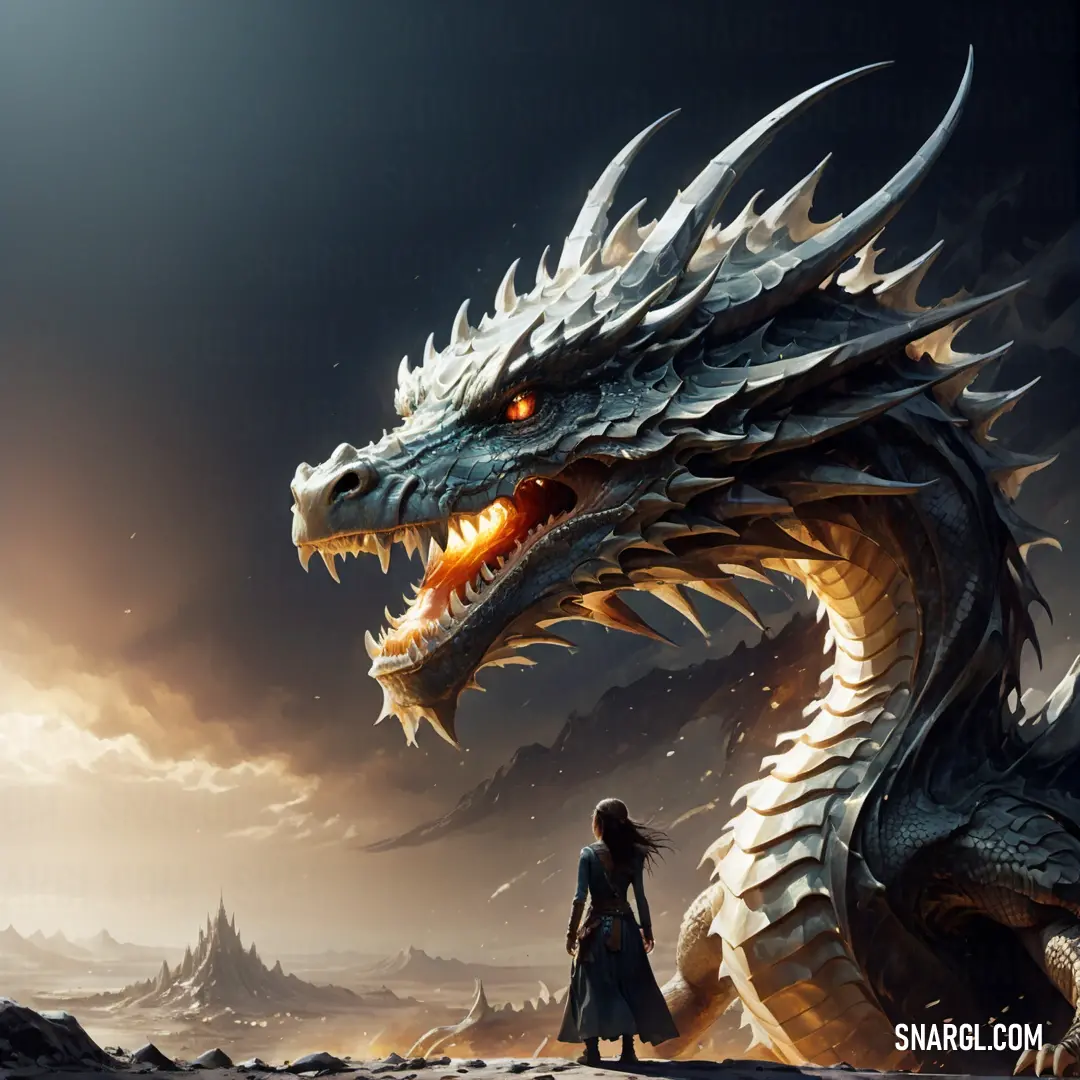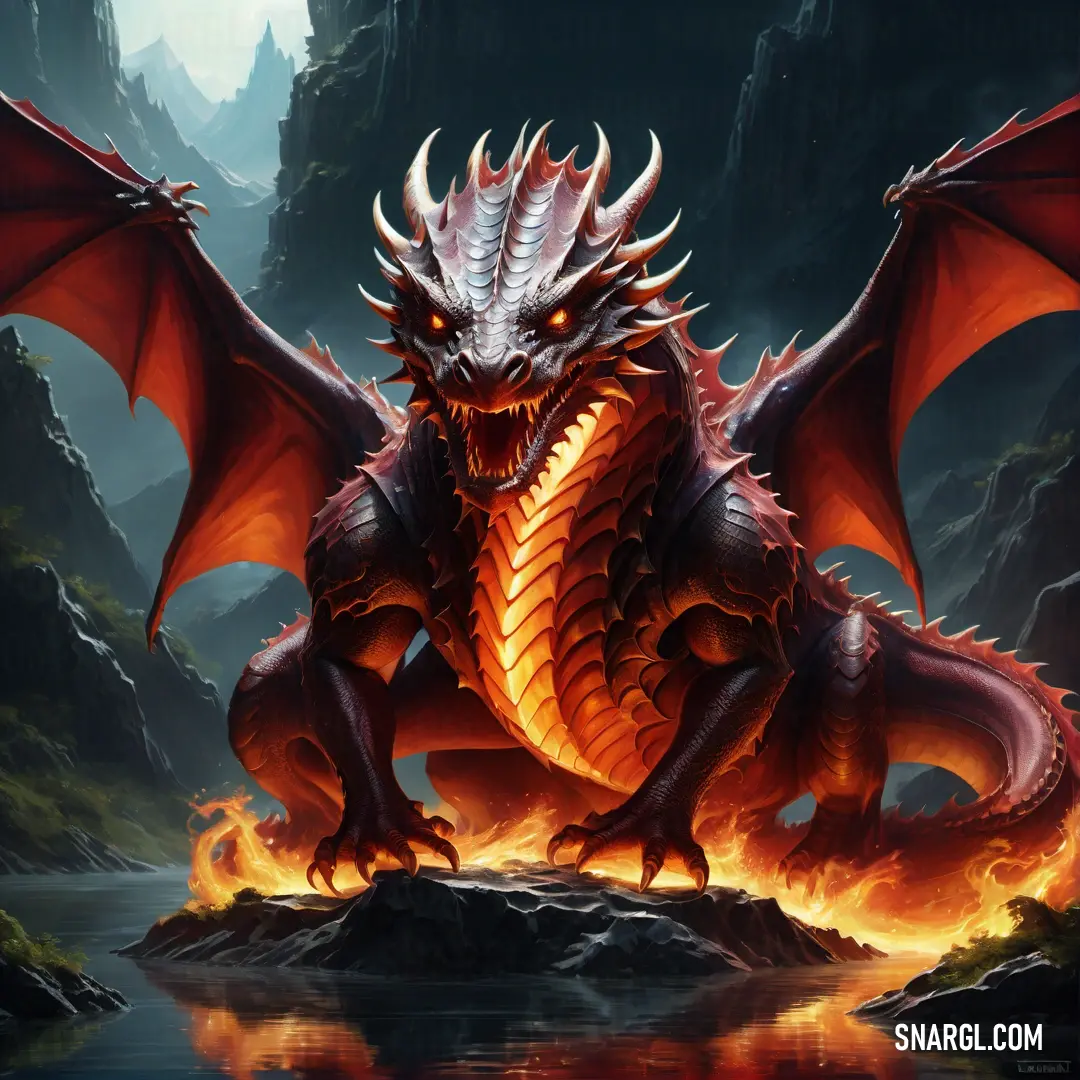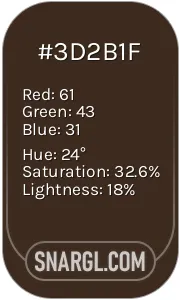
Dragon
What is a Dragon?
A dragon is a mythical creature that appears in the folklore of many cultures around the world.
There are different types of dragons, such as the Chinese dragon, the European dragon, and the American dragon.
Dragons are usually depicted as large, reptilian or serpentine animals with scales, horns, wings, and the ability to breathe fire or other elements.
Dragons are often associated with magic, power, wisdom, or evil, depending on the culture and the story.
Some possible origins of the dragon myth are snakes, crocodiles, alligators, thunder, or nature worship.
Dragons have been used as symbols of royalty, authority, or protection in various civilizations, such as China, Japan, Korea, Vietnam, Bhutan, England, Wales, and France.
Dragons have also inspired many works of art, literature, film, and games, such as Beowulf, The Hobbit, Harry Potter, Game of Thrones, Dungeons & Dragons, and How to Train Your Dragon.
Dragons are fascinating and diverse creatures that reflect the imagination and culture of the people who created them.
They are one of the most popular and enduring mythical beings in human history.
Example of the color palette for the image of Dragon

See these colors in NCS, PANTONE, RAL palettes...
What does a Dragon look like?
There is no single definitive description of a dragon, as different regions have different beliefs and traditions about them.
However, some common features of dragons are:
They are usually large, reptilian, and serpentine, with scales, claws, and teeth.
Dragons often have wings, horns, spikes, or crests, and can breathe fire or other elements.
These creatures are usually associated with magic, power, wisdom, or evil, depending on the culture.
They can sometimes shape-shift, talk, or grant wishes.
The Chinese dragon (龙), which is a benevolent and auspicious symbol of the emperor, the rain, and the yang energy.
It has a long, snake-like body, four legs, and a pearl-like orb.
This creature can control the weather and fly without wings.The European dragon, which is a fearsome and malevolent beast that hoards treasure, kidnaps princesses, and breathes fire.
It has a lizard-like body, two or four legs, wings, and a long tail.
This dragon is often slain by heroes or saints.The Mesoamerican dragon (Quetzalcoatl), which is a feathered serpent that represents the wind, the sky, and the creator god.
It has a snake-like body, feathers, and sometimes wings.
The Mesoamerican dragon can fly, create life, and teach civilization.
Example of the color palette for the image of Dragon

See these colors in NCS, PANTONE, RAL palettes...
What type of creature is a dragon?
There is no single definition of what a dragon is, as different traditions have different ways of imagining and depicting them.
However, some common features of dragons are:
They are usually large, reptilian, and have scales.
Dragons often have wings, horns, claws, and teeth.
They can breathe fire or other elements, such as ice, lightning, or poison.
These creatures are intelligent, powerful, and sometimes magical.
They can also represent different symbols or concepts, such as wisdom, chaos, protection, or evil.
Some cultures worship dragons as gods or ancestors, while others fear them as monsters or enemies.
Dragons are popular subjects of fantasy literature and art.
Many authors and artists have created their own versions of dragons, inspired by various sources and traditions.
Example of the color palette for the image of Dragon

See these colors in NCS, PANTONE, RAL palettes...
What are dragons known for?
Example of the color palette for the image of Dragon

See these colors in NCS, PANTONE, RAL palettes...
What did dragons originally look like?
Example of the color palette for the image of Dragon

See these colors in NCS, PANTONE, RAL palettes...
How big is a real dragon?
Example of the color palette for the image of Dragon

See these colors in NCS, PANTONE, RAL palettes...





 Dark jungle green
Dark jungle green Davy grey
Davy grey Black
Black Gray
Gray Ash grey
Ash grey


 Sepia
Sepia Cadet grey
Cadet grey Onyx
Onyx Almond
Almond Camel
Camel









 Platinum
Platinum Feldgrau
Feldgrau Cadet blue
Cadet blue Oxford Blue
Oxford Blue Dark tan
Dark tan




 Teal blue
Teal blue Burlywood
Burlywood Wine
Wine Linen
Linen Dark green
Dark green




 Light gray
Light gray MSU Green
MSU Green Medium carmine
Medium carmine Cool grey
Cool grey



 Carolina blue
Carolina blue Bistre
Bistre Bone
Bone Khaki
Khaki Cinereous
Cinereous







